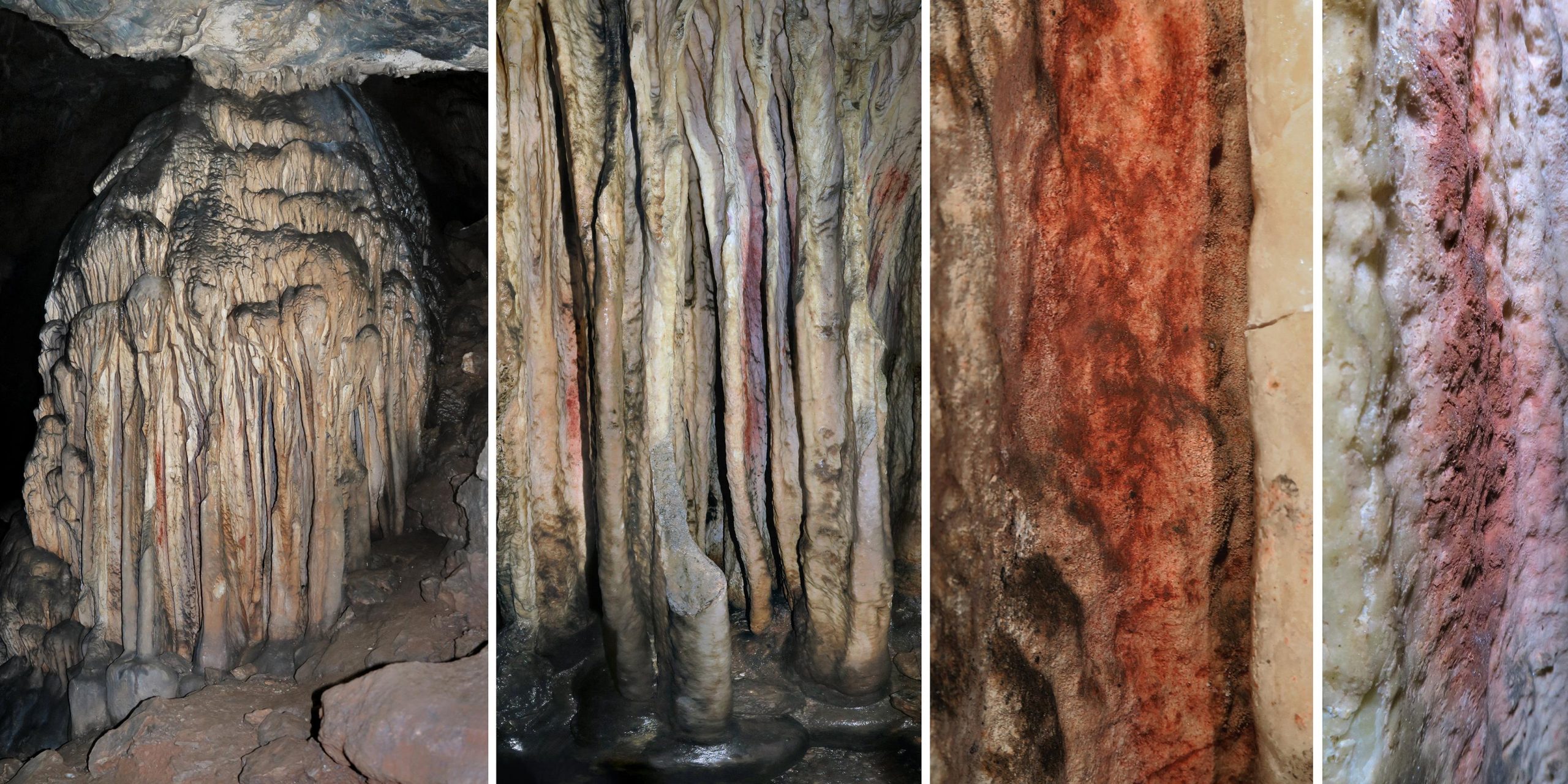In a study published in the Journal of the American Academy of Sciences (PNAS), researchers found that Neanderthals made more than 60,000-year-old ornaments found in the Ardales Cave, Spain.
Experts have long described humans’ closest genetic relatives as primitive and feral, but this theory appears to have been overturned by a number of recent discoveries.
In 2018, ancient archaeologists published their study on the origin of the red and yellow ocher paints found in the stalactites of the Ardales Cave near Malaga, Spain. It was already believed that the samples, which are at least 64,800 years old, were made when modern humans had not yet lived on the continent.
However, their discovery sparked controversy, with the authors of another scientific article postulating that the “dyes are the result of a natural substance” from the influx of iron oxide, said Francseco d’Errico, a researcher at Purdue University and co-author of a study published by AFP in PNAS.
The new analyzes revealed that the composition and location of the pigments could not be the result of natural processes, which could be applied to stalactites by spraying and blowing.
And its structure does not match the natural samples taken from the cave at all, which suggests that the pigments entered the cave by an external source.
More detailed dating showed that paints were used at different times, with a difference of more than ten thousand years.
This supports the assumption that Neanderthals visited here countless times for thousands of years and marked the cave with paint.” DeErico said.
The researchers assert that it is difficult to compare Neanderthal art to “the murals of modern humans, such as those in the Chauvet Pont d’Arc cave in France” that are more than 30,000 years old.
But their discovery provides further evidence that Neanderthals, which became extinct about 40,000 years ago, were not a non-carved relative of Homo sapiens.
The researchers wrote that paints are not art that we know in the strict sense of the word, but the results of a symbolic action.
The cave played a fundamental role in the symbolic system of Neanderthal societies, but the meaning of these symbols remains a mystery. Scientists at the University of Göttingen also demonstrated in a recent study that Neanderthals were able to scratch artistic patterns into bones based on analysis of 50,000-year-old giant deer bones discovered in Unicorn Cave in the Harz Mountains in Germany. It has long been known that Neanderthal tools and weapons, jewelry, cave paintings, and smaller figures come so far almost exclusively from later times, when modern humans (Homo sapiens) spread from Africa throughout Europe.











































